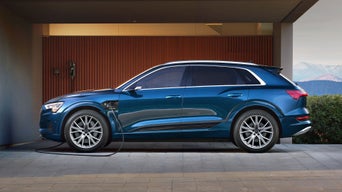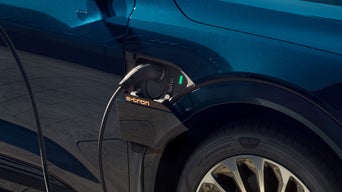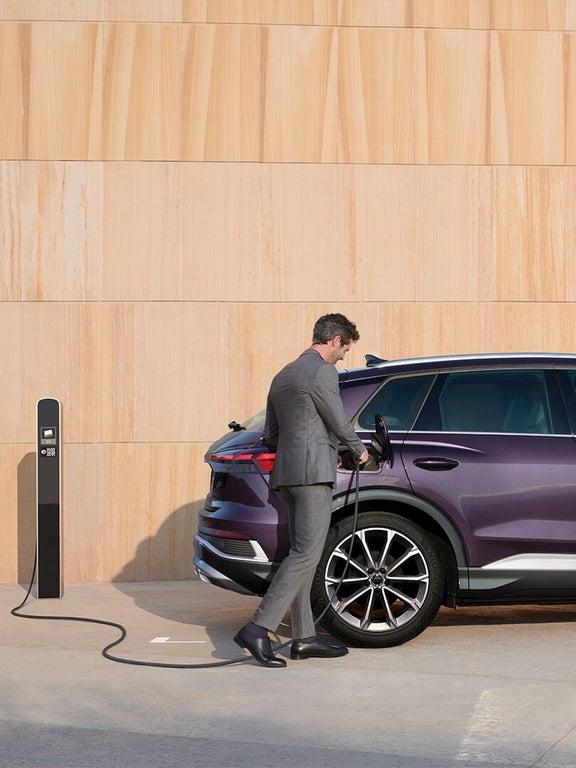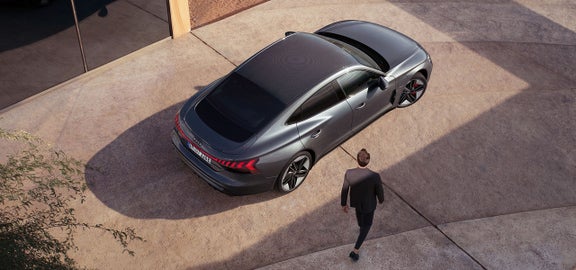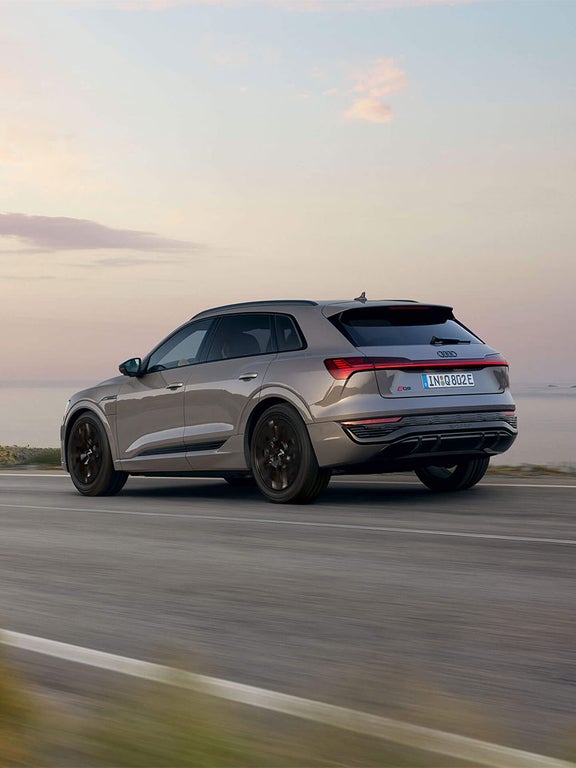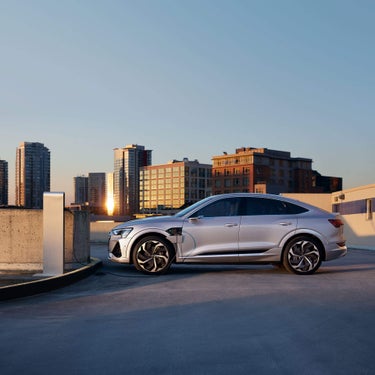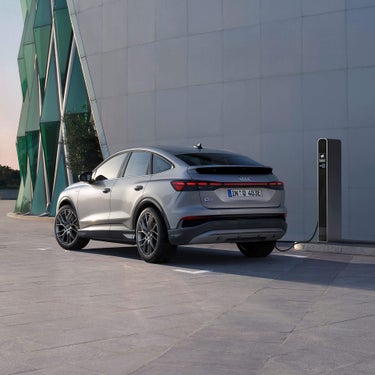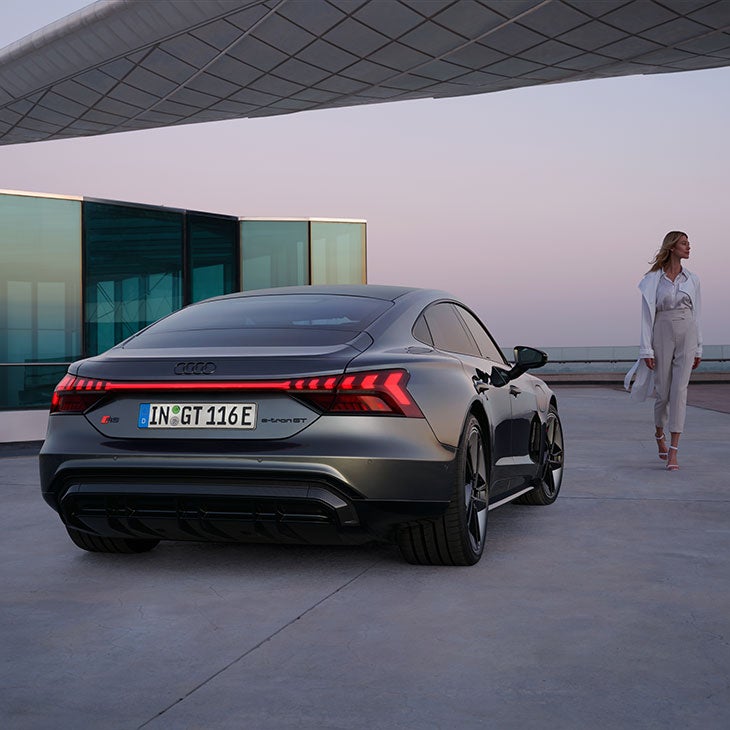Charging

Electric Car Charging
Rapid electric car charging no matter where you are — at your destination, or on the road.
Advanced battery technology
Key charging information
The two main types of charging: AC & DC
AC Charging (alternating current)
DC Charging (direct current)
1. https://theconversation.com/end-of-the-road-why-it-might-be-time-to-ditch-your-car-72097#:~:text=That's%20a%20fairly%20consistent%20finding,at%20a%20standstill%20in%20traffic.
2. Whichever occurs first.
